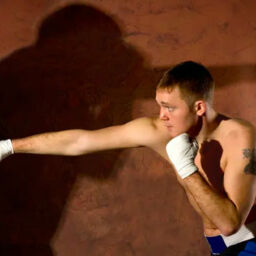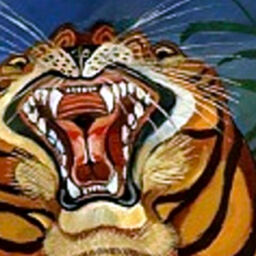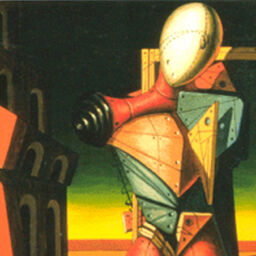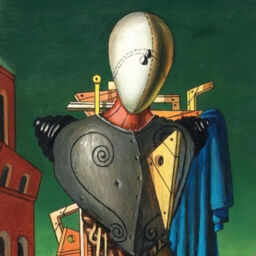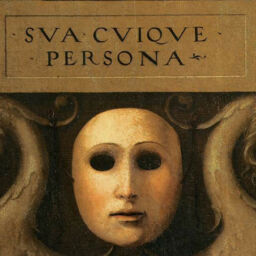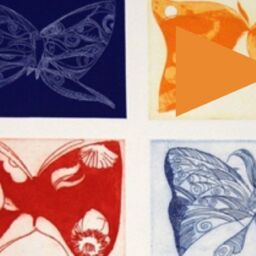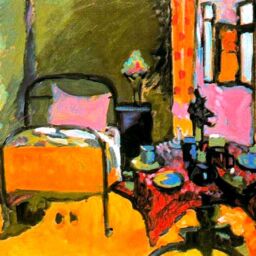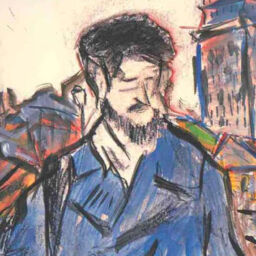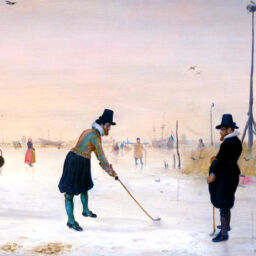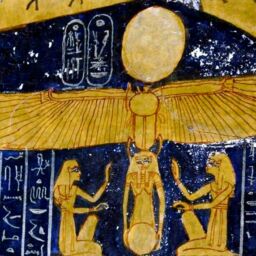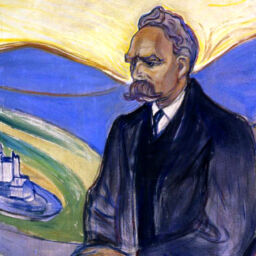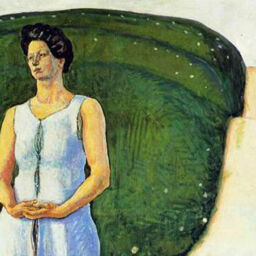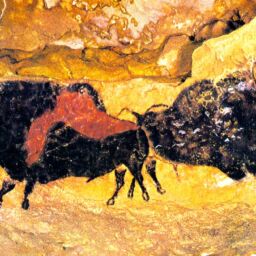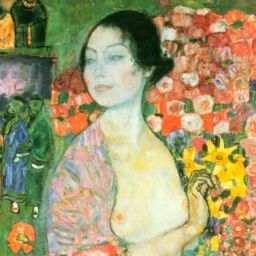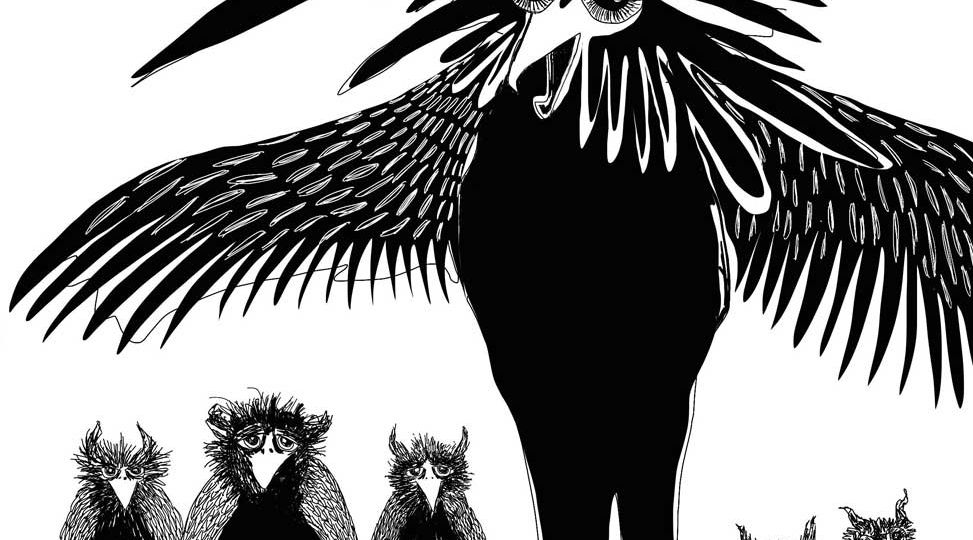
Dreams from a Pandemic
Pan, Panacea, and Pandora in a Time of Disintegration
Download or listen to this article
Chanti Tacoronte-Perez, September 16, 2020
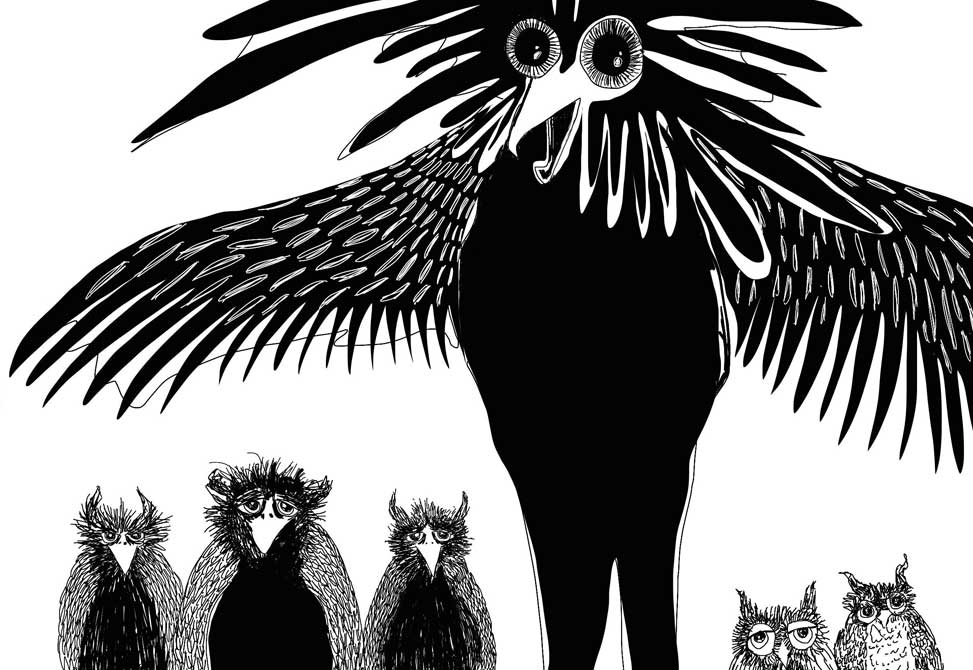
An earlier interpretation of Pandora’s story presents a pair of opposites, “a man and a woman with two jars, one containing kalon—good, and the other kakon—evil” (Baring & Cashford, 1993, p. 518), leaving humanity to choose. Covid-19 is a virus that makes the choice for us. It can only be seen or witnessed by way of the symptoms possessing the body: fever, cough, fatigue, excess phlegm, headache, coughing up blood or blood-stained mucus, diarrhea, trouble breathing, and weak immunity (Rothan & Byrareddy, 2020, p. 2). Not unlike the unconscious operations of the lower functions, the virus makes the choice and by way of air and wind creeps slowly, with little fanfare, only becoming visible after inhaled; the breath that gives us life is also how life is taken. Hence, the pandemic and the uprising against police brutality are inextricably linked.
The archetype that is most evident in these oppositions is the trickster. Covid-19 plays the trickster with precautionary practices that transform smiles and gestures of greeting to covered faces, gloved hands, and distancing. Hermes the trickster god is the only god in the Greek pantheon that is able to move freely between the two worlds of death and life. As the psychopomp, he guides the soul though the air with his winged caduceus, the symbol of medicine. The trickster is needed if one is to travel between the introverted world of seclusion and isolation to the extraverted realm of the earth. The shapeshifting, flexible adaptiveness of Hermes has become a medical necessity.
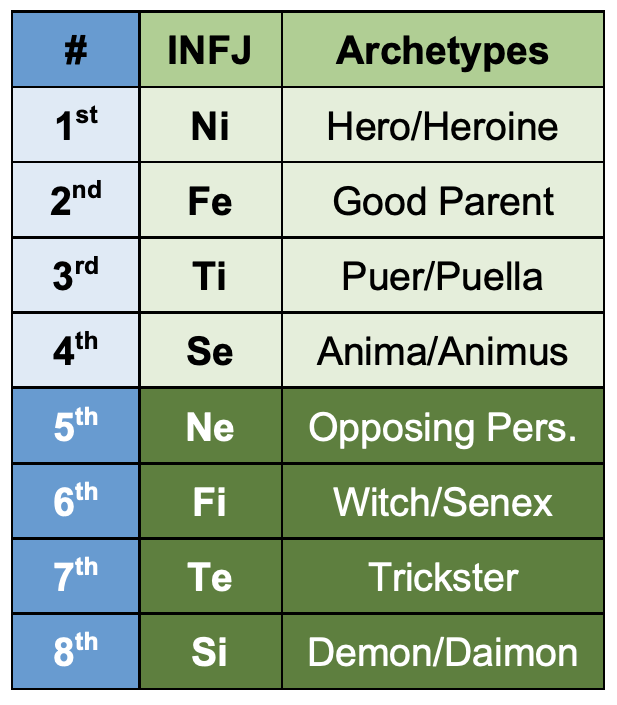
As an INFJ and an artist, I often have vivid dreams. During the outbreak of the pandemic, I observed a turn in the landscape of my dreams involving the salience of the air element. Wind recurred as a motif in my dreams between mid-February and mid-March 2020. Jungian analyst and author Marie-Louise von Franz (1971/2013) suggested that when a level of balance is accomplished, an inner or outer force—the inferior function—begins to disrupt it:
The figures of the unconscious come into consciousness… The inferior function is the ever-bleeding wound of the conscious personality, but through it, the unconscious can always come in and so enlarge consciousness and bring forth a new attitude (“The Role of the Inferior Function in Psychic Development” section).
These new attitudes, while loud, frightening, and overwhelming, also provide a pathway to healing. The wind disturbs me; warm gusts swirl painfully in my ear and cold gales dry out my skin during winter. The wind’s movement and stillness lead me to pay attention to the trickster archetype, disturbing and disrupting. In all three dreams the trickster is present, taking the forms of an owl, the flag, and a levitating woman. The wind element throughout calls, moves, and constantly directs our attention to the trickster and the pairs of opposites.
Wise Owls
Dream #1, February 16, 2020:
I am with my husband in a car, and we are looking for a place to make out. We park the car and I see these owls from the car window. Perched high on a thin power line is a flock of owls that are one by one changing their shapes. Each owl takes a turn exploding from its original form into a wild, human-sized bird. They sprout hair that grows wild and long, whose grandeur is exposed by gusts of wind. I watch this spontaneous movement from one to the other in awe.

Glittering Flags
Dream #2, February 19, 2020:
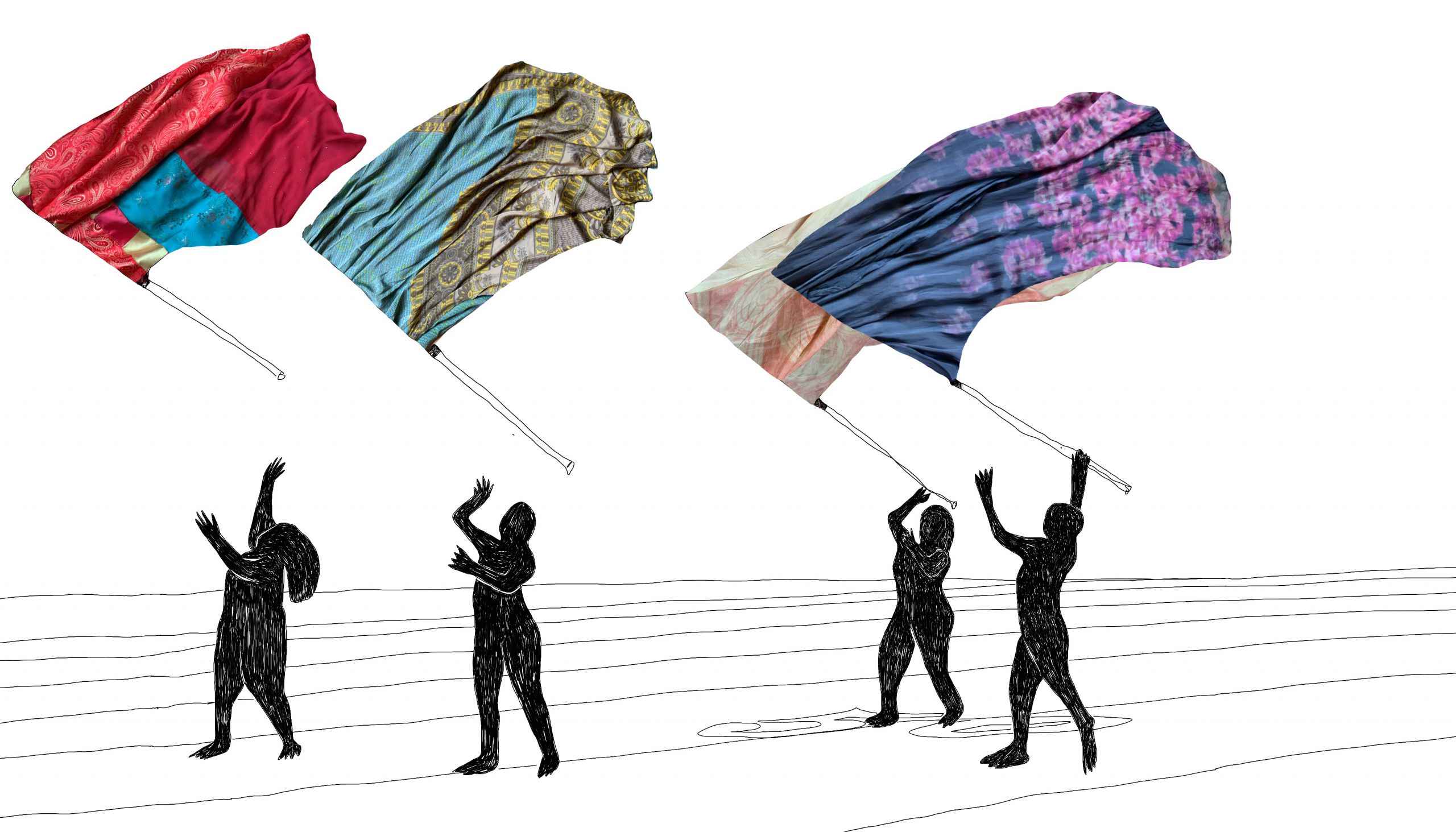
My drawing of the scene characterizes extraverted sensing (Se). As I drew the image, I found myself trying new brushes and color palettes, and to find a deeper meaning and connect to the fluidity of the dream, my hands played with dress fabrics to interpret the wind’s movement. In the collage, the bodies’ silhouettes are in motion, yet the flags call for one’s attention, as they did in the dream. The mysteriousness of my dreams and the artwork I produced are openings for the inferior function, for an introvert “who wants to assimilate [her] inferior function must relate to outer objects, bearing in mind that they are symbolic” (von Franz, 1971/2013, “A General Characterization of the Inferior Function” section), which means that a relationship to the created image may offer new meaning.
As is characteristic of an introverted intuitive (Ni) dominant, the dream ego feels a heightened sensitivity to the atmosphere and place, specifically the glitter of the flags (Fig. 2). In this dream, the dreamer is not merely observing what is happening: she is waving, packing, making a playlist, and going to the field. The whole dream moves fast as is characteristic of the Se function. It is filled with variety, vividly animated with color, and the psychic energy of the dreamer moves from inside the hotel room packing and planning to outside when the dreamer spontaneously and unhesitatingly heads out onto the field, indicative of the extraverted sensing function (Wheelright, 1982, pp. 61-62).
However, the main archetype of this dream, like the owl dream, is not the animus but the trickster. This dream, like the first, depicts extraverted thinking, the trickster function of the dream ego. The movement of the flags suggests the motion of fluid order, a perplexing, mesmerizing, almost hypnotic call to order, reminiscent of the way that extraverted thinking types are able to direct others effortlessly (Shumate, in press). The drill team, marching band, and flag gestures follow a system of rules that organize and structure the external world, as the patterns and shapes of flags and band members move and change. The group performs as one body; therefore, the marching band, similar to a system, becomes more important than each individual, as Haas and Hunziker observed of extraverted thinking (2011, p. 74).
That said, the flags’ fluidity and mobility, rising, falling, opening, and closing, also reflect the diaphragm expanding and contracting, the flow of oxygen into the lungs, and the exit of carbon dioxide. Breathing is a sign of both life and death; it is the invisible constant, one’s birthright. It is also through the flux of respiration that one can pass and receive the virus. The movement of the flags mirrors respiration, which references the trickster aspect of Covid-19. As the body tries to fight off the virus, its immune response kills infected lung tissue along with the healthy. According to Matthew Frieman of the University of Maryland School of Medicine: “You get more damage instead of less from the immune response. … Even more, debris clogs up the lungs, and pneumonia worsens” (as cited in McKeever, 2020, p. 2). In recent research, hospitals’ quick default decisions to place Covid-19 patients with difficulty breathing on ventilators have forced the virus in one part of the lung into healthy-elastic tissue, causing “leaks, pulmonary edema (swelling), and inflammation, among other damage, contributing to ‘ventilator-induced injury and increased mortality’”(Begley, 2020, n.p.). It is the flags’ hypnotic attraction that brings the dreamer outside, and the lack of fluidity or the difficulty in breathing that exposes the virus.
While the dream does not show it, a unification is about to happen in the near future. At the end of the dream, three mentors or leaders appear: a man and a transgender person lead the older group of flag-girls while a woman leads the younger group carrying sabers in a movement towards unity. The dream was hopeful, beautiful, representing a longing for wholeness. Perhaps the separating and isolating qualities of the coronavirus pandemic was the necessary fuel to burn away the systemic pandemic of racism in the United States. The unification of the flags and sabers, opposing forces, shows that on the field, sharp edges and silky fabric together create a mesmerizing spectacle worth witnessing.
Snake with Levitating Woman
Dream #3, February 24, 2020:
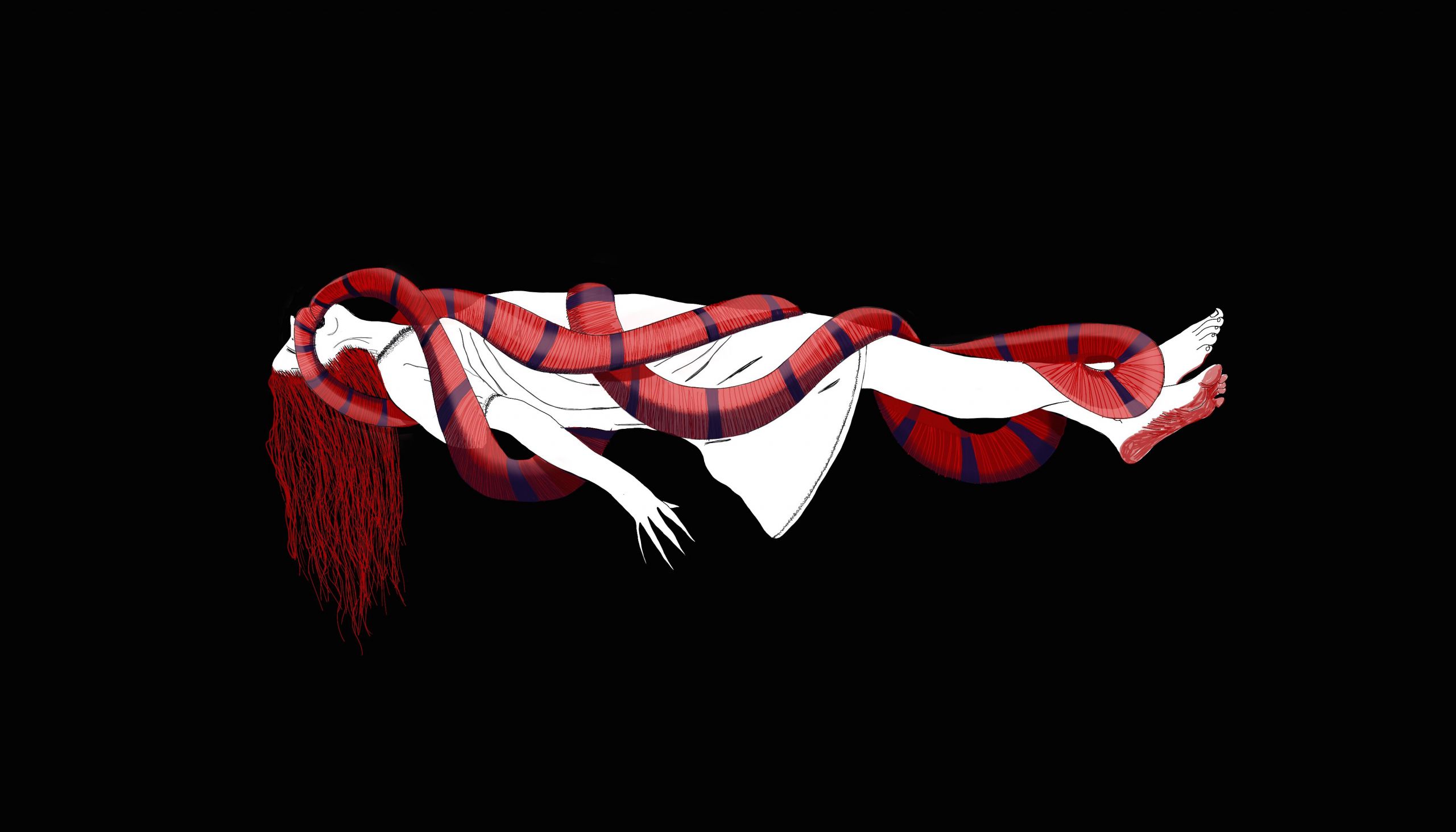
In this dream’s narrow, sterile space, the doors automatically close after entering, as on the subway or in an intensive care unit. The function most associated with medicine and the body is introverted sensation (Si), and the dream environment suggests the Si function: still, quiet, and focused on monitoring the internal body of the levitating woman. The woman’s dangling hair calls to mind the trailing tubes of intravenous (IV) lines. She is isolated, trapped by the snake just as patients on ventilators are trapped by the tubes. Coincidentally, introverted sensation is the dreamer’s eighth and least conscious function, therefore associated with unconsciousness for INFJs, and the hovering woman is betwixt and between, neither alive nor dead—unconscious. Outwardly, the introverted sensation type can resemble a piece of wood, showing no reaction at all (Emma Jung, as cited in Sharp, 1987, p. 79), although much happens internally, as is the case with the hovering woman, thanks to the snake.
The snake is the only sign of life, yet its movement in and out of the woman’s mouth prevents speech and perhaps even respiration. Underworld animals, like the serpent or snake, are according to James Hillman (1989) the “chthonic side of the god, the part that slips away into invisibility through holes in the ground and embodies the soul of the dead person” (p. 253). The snake is also a symbol of medicine, imaged in the caduceus, an image that suggests the paradoxical properties of the trickster archetype, alluding to the way medicines are both toxic and healing. The snake enters and exits the woman’s body like the snake in the caduceus, its to-and-fro motion symbolizing the unification that my previous dream about the flags was indicating.
The snake in this dream is the one image that, recognizing its trickster qualities, I felt hesitant to approach. Stumped, I decided to invoke active imagination, which Jung (1940/1973) described as follows:
It is an undeniable psychological fact that the more one concentrates on one’s unconscious contents the more they become charged with energy; they become vitalized, as if illuminated from within. In fact they turn into something like a substitute reality. In analytical psychology we make methodical use of this phenomenon. I have called the method “active imagination.” (¶ 793)
I had hopes of speaking with the snake, observing how it moved, and watching it, as “active imagination and dream interpretation … can be significantly enhanced by an understanding of the eight basic archetypes of personality and how they relate to one’s unconscious function attitudes” (Hunziker, 2016, p.13).
Active Imagination With Snake
I first hear the snake slithering, its wetness moving in and out of the woman’s mouth, and wonder if it is eating her; the snake looks captivated by the woman, as though without her it cannot exist. The snake quickly notices me and tells me to introduce myself, not to be shy or sneaky. The snake has a demanding quality, asking me if my name is Chanti of stone and rock (the meaning of its French root cantal). The snake needs verification, and then asks where I found it. On the other hand, it will not name itself and says, “Call me Snake.” Snake has a masculine demeanor with a low-pitched, suspicious voice. I see the end of his tail come out of her mouth: he’s a rattlesnake. Snake rattles his tail vigorously in front of her eyes and forehead. My thoughts move to a baby’s rattle, wondering if this might wake her up.
Chanti: Will it wake her up?
Snake: Who says she’s asleep? Maybe she’s more awake than all of us.
Chanti: Why are you rattling?
Snake: It’s the medicine, the instrument.
Chanti: Is she sick?
Snake: Aren’t we all?
As he rattles, I feel her aliveness. He ends our conversation by saying, “This is part of the unknown, the unknowable. Each time you get a little dose, keep returning; feel me within.”
The snake’s desire for me to introduce myself suggests that he prefers formal introductions, a characteristic of extraverted thinking types. Snake speaks directly, with sternness, and while his words are puzzling, not offering any direct answers, he allows me to draw conclusions and mostly gives respect, behaviors consistent with the extraverted thinking function. Yet asking to be called “Snake” alludes to him being a cheat, an opportunist, or even a con-man, in line with the extraverted thinking function at its worst (Sharp, 1987, p.45).
Although the woman appears inert and motionless, she has attracted Snake. Daryl Sharp (1987) described extraverted thinking types as “being captivated by the object, as though without it they could not exist” (p. 44). Snake’s cryptic message may also carry some of the inferior feeling function, because he appears to have “mystical feelings [attached] to his ideal,” as Marie-Louise von Franz (1971/2013) said of the extraverted thinking type, “but one would have to drive him into a corner to find out about them” (“The Four Rational types” section).
Classics scholar Bernard Neville, 2010 positioned Zeus and Prometheus as the gods of extraverted thinking. The snake makes all the decisions in relation to the woman. He punishes those who offend him and rewards those who please him. He bullies those who are slow to step into line. This is the nature of the Zeus organization, where the boss is everywhere present and his power is effectively absolute. Zeus is himself a trickster, shape-shifting into a snake on various occasions to penetrate. In a 4th-century text, the epic poet Nonnus of Panopolis said that Zeus “put on the deceiving shape of a serpent, and ravished the girdle of [Semele’s] inviolate maidenhead” (2015, ¶ 49). Zeus also appears in the cave where Persephone is hiding and unites with her as a serpent (Baring & Cashford, 1993, p. 317). In this sense, Zeus takes what he wants and does not apologize; he is a snake, and under his spell, these women are conned into a union. Inflated, the trickster becomes powerful and even dangerous, a poisonous toxin, but it is also “a catalyst for individuation” (Hunziker, 2016, p.187).
It was in making the drawing that I realized that these were not two separate images but one uniting force speaking of the future in some way: perhaps the hovering woman and the snake are one rather than two. Treating the images of snake and hovering-woman as a unit offers a different perspective to the dream. The first perspective tricked me into seeing two different images, or characters, because at the end of the active imagination Snake directed me to feel him within, as if there is a snake within me, too. As the snake is both inside the woman and outside, an ouroboros image, it is symbolic of the trickster, “both destroyer and creator” according to Mark Hunziker (2016): “It breaks down self-limiting structures, creating disorder, in order to open up new options that lead to a new order” (p. 187). A snake has flexible jaws that eat its prey whole. The image as snake-woman opens her jaws, and the snake slithers in and out of her, like a great vein, spine, or umbilical cord, while another part of her sleeps, or dreams. Perhaps this is an image of the conscious and unconscious pairing. Jung (1952/1976) said, “The unconscious insinuates itself in the form of a snake if the conscious mind is afraid of the compensating tendency of the unconscious” (¶ 587). For an INFJ, introverted sensing can have a demonic or daimonic quality. According to Beebe (2010), it both undermines and redeems us, creating “opportunities to develop integrity” (as cited in Hunziker, 2016, p.171). Trickster energy, as seen in collaboration with the hovering woman, is transmitting a cure, in the way a rattlesnake’s antivenom is prescribed for a snakebite, or in the way a virus vaccine can be made from weakened pieces of itself.
Making the snake-woman image was visceral and quick, but unlike the extraverted sensing joy or elation present in the creation of the dream image of the flags, my superior function of introverted intuition was active while creating this image, hoping to experience a greater meaning or deeper understanding of the hovering snake. Now completed, the image itself holds a mystery, and my intuition tells me this image will be like a time capsule that will at its own pace make its treasure known (Wheelwright 1982, p. 64).
Through the eight functions and corresponding archetypes, I will continue to relate to new dream images as well as working with the hovering witch-snake, flags and sabers, the wise owl and wild owl, to glean further meaning of the dual nature found in all three dreams. While I am not sure where this kind of delineation of twos is taking me, looking into the future and using introverted intuition, it speaks of collaboration. Wind and air are symbolic of the unseen, the unacknowledged, the hidden, dismissed and invisible. Only when wind unites and begins to collaborate with bird feathers, fires, tree leaves, water, and our skin does one acknowledge its power and necessity as well as its absence. Facing the owls, stepping onto the field, and engaging with the snake has led me to confront the duality of the trickster in my life, with its powers to destroy and transform. Similarly, Covid-19 is a trickster hijacking our very breath, the essence of our lives, and leaving death in its path, but also offering healing.
References
Baring, A., & Cashford, J. (1993). The myth of the goddess: Evolution of an image. Penguin Books.
Beebe, J. (2005). Evolving the eight-function model. Association for Psychological Types Bulletin, Winter, 2005, 34-39.
Begley, S. (April 21, 2020). New analysis recommends less reliance on ventilators to treat coronavirus patients. STAT News.
Brewster, F. (2017) African Americans and Jungian psychology: Leaving the shadows. Routledge.
Fontelieu, S. (2014). The psychology of terror, American exceptionalism, and the Greek god Pan. Journal of Jungian Scholarly Studies, 9, (1), 1-27.
Haas, L., & Hunziker, M. (2011). Building blocks of personality type: A guide to using the eight-process model of personality type. TypeLabs.
Hillman, J. (1989). A blue fire. Harper & Row.
Hunziker, M. (2016). Depth typology: C. G. Jung, Isabel Myers, John Beebe and the guide map to becoming who we are. Write Way Publishing Company.
Hyde, L. (2010). Trickster makes this world. Farrar, Straus, and Giroux.
Jung, C.G. (1973). Psychology and religion (R.F.C. Hull. Trans.). In H. Read et al. (Series Eds.), The collected works of C.G. Jung (Vol. 11). Princeton University Press. (Original work published in 1940)
Jung, C. G. (1976). General description of the types (R.F.C. Hull, Trans.). In H. Read et al. (Series Eds.), The collected works of C.G. Jung (Vol. 6, pp. 330-407). Princeton University Press. (Original work published in 1921)
Jung, C. G. (1976). Symbols of transformation (R.F.C. Hull, Trans.). In H. Read et al. (Series Eds.), The collected works of C.G. Jung (Vol. 5). Princeton University Press. (Original work published in 1952)
McKeever, A. (February 18, 2020). Here’s what coronavirus does to the body. National Geographic.
Neville, B. (October 2010). The polytheistic organization. Personality Type in Depth.
Nonnus of Panopolis. (2015). Dionysiaca (W. H. D. Rouse, Trans.). In The works of Nonnos (Vol. XXXI). Delphi Classics. (Original work published ca. 4th century C.E.)
Rothan, H. A., & Byrareddy, S. N. (2020). The epidemiology and pathogenesis of coronavirus disease (COVID-19) outbreak. Journal of autoimmunity, 102433. https://doi.org/10.1016/j.jaut.2020.102433
Sharp, D. (1987). Personality types: Jung’s model of typology. Inner City Books.
Shumate, C. (in press). Projection and personality development via the eight-function model. Routledge.
von Franz, M.-L. (2013). The inferior function. In M.-L. von Franz & J. Hillman, Lectures on Jung’s typology. Spring Publications. (Original work published 1971)
Wheelwright, J B. (1982). Saint George and the dandelion: Forty years of practice as a Jungian analyst. C. G. Jung Institute of San Francisco.
Images
All images by the author, Chanti Tacoronte-Perez.



